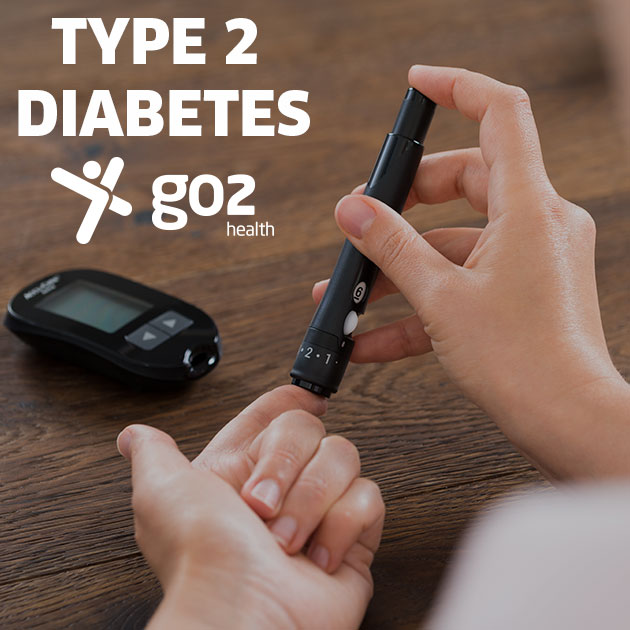Exercise and Type 2 Diabetes
- Home
- Exercise and Type 2 Diabetes
It is well known that exercising can be a fun and stress relieving experience when done right, but did you also know that regular exercise can help control type two diabetes when you are not exercising?
Type two diabetes is a progressive condition in which the body’s muscle cells become resistant to the normal effects of insulin (hormones that carry blood sugar to muscles to be used as energy) and/or gradually loses the capacity to produce enough insulin in the pancreas.
Regular exercise helps to slow the progression of diabetes by allowing your muscles to stay sensitive to the effects of insulin. By keeping your muscles sensitive to insulin you are helping to keep your pancreas working in producing the hormone, and reducing the chances of becoming dependent on daily insulin injections.
When exercising, your body is using blood sugar (energy) so your muscles can work and perform movement. What you probably didn’t know is that when you are exercising you are increasing your metabolism during the session, but also for after the session. By exercising regularly you are training your metabolism to become stronger. The stronger your metabolism the more energy you are able to burn off at a faster rate and more efficiently.
Two primary ways to help improve your metabolism is resistance and cardio training. By doing regular resistance training you are increasing the efficiency of glut4 transporters in the muscles cells. Glut4 transporters are the windows of the muscles for the blood sugar to enter. By increasing the efficiency of Glut4 transporters you are making these windows bigger so more blood sugar can enter and be used as energy.
Regular cardio training such as cycling, running, rowing or fast paced walking at a moderate to somewhat hard intensity increases the quantity of Glut4 transporters. By having more Glut4 transporters, you are providing more windows in your muscles so more blood sugar can enter and be used as energy.
By building the quantity and efficiency of these Glut4 transporters you are building more and bigger windows for blood sugar to be metabolised. By improving these you are increasing your metabolism which helps to keep your blood sugar levels normal, and therefore help to control the progression of type two diabetes.
For further information on how to control your diabetes with the appropriate exercises and education please talk to one our Exercise Physiologists who are experts in chronic disease management, health, fitness and wellbeing.
